As much as you might like to, you can’t ride your motorcycle everywhere; sometimes you have to transport it. It’s a task Lee Parks knows well. As president of the California-based Total Control Training motorcycle school, he has transported thousands of bikes over the years.
There are a few ways to do it, he says, depending on what kind of vehicle you have. All are equally safe if done correctly—but if you’ve never done this before, he recommends consulting a local professional who works in transport or at a motorcycle shop, to make sure you’re doing it right. Here are his other tips.
Choose Your Method
Motorcycle Trailer
First, you’ll have to choose between an open and an enclosed trailer. Enclosed trailers protect your bikes from the elements (and add a layer of theft protection), but because they’re heavier and less aerodynamic than the open option, they can be harder to tow. Either way, be sure your trailer has a license plate, which you can get at the DMV. (If you rent one, it will come with plates.) To load your bike, use a ramp gate capable of folding up or a standard loading ramp.
Motorcycle Carrier
These carriers fit onto your vehicle’s receiver hitch and either have a ramp integrated into them or come with a separate ramp. Check your car’s towing capacity and rating for “tongue weight”—the downward force from the tongue of the carrier to the hitch of your towing vehicle—to make sure this is a viable option. The advantage is that there are no wheels and no trailer; nothing is touching the ground. Just opt for a well-reviewed model, as “some can be a bit wobbly,” says Parks.
Pickup Truck
Use this method only when transporting dirt bikes—it’s potentially more dangerous with heavier bikes. To get the bike on board, you’ll need to buy a ramp system. Use two or three ramps, and make sure they’re anchored to the vehicle. You can use the bike engine’s power to get it up the ramp—or ask for assistance from “a bunch of strong people to help push it up,” Parks says.
Tie Down The Bike
However you’re transporting your bike, the tie-down method will be roughly the same.
- To begin with, Parks recommends using a chock: a device that will hold the motorcycle in place by the front wheel. If you don’t have a chock, you’ll probably need someone else to balance the bike while you’re tying the motorcycle down.
- With a chock, you’ll need only two straps to tie down a street bike, but using four (two on each side) will give you extra security. Make sure to get quality straps from a motorcycle store or a specialty shop.
- Connect the tie-down straps to the floor on either side of the bike, then attach them to a structurally sound part of the bike. The best place to tie down a street bike is the bracket that holds the passenger foot pegs.
- Make sure all the straps are tightened and extend down and slightly forward from the bike.
- Before going anywhere, Parks says, “grab onto the handlebars and push the bike backward and forward and side-to-side to see how secure it is.”
Drive Time
- Once you’re on the road, stop about 20 or 30 minutes into your trip to make sure nothing has loosened up. If it has, adjust accordingly.
- If you’re towing a trailer, Parks recommends practicing driving around with it in a parking lot. Backing up can be particularly tricky.
- Always drive more slowly with a trailer attached than you would ordinarily, and make sure to take wider turns.
- When you get to your destination, unload the bike by doing the above steps in reverse.
Here’s something else to bring along: affordable motorcycle insurance from GEICO. Get a fast, free quote today.
Read more: Check out these 6 high-tech ways motorcycles are getting safer.
By Mark Yarm

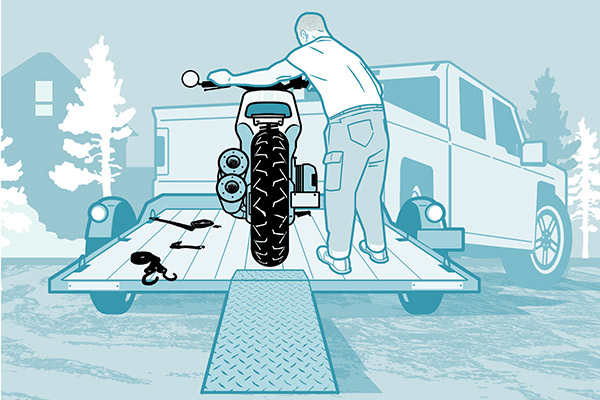


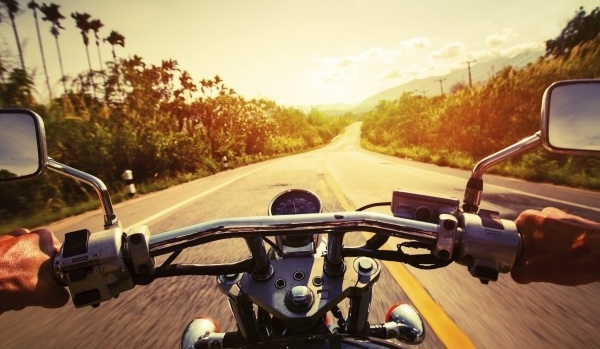
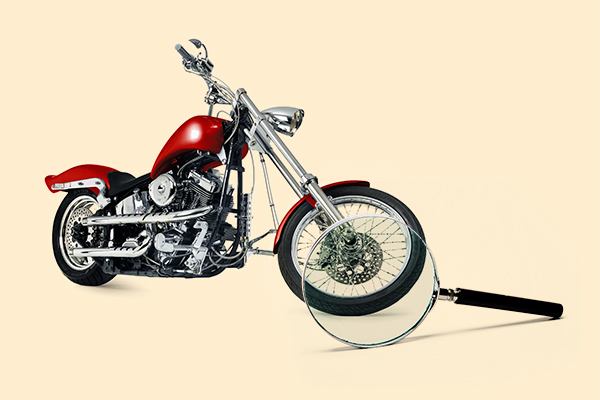
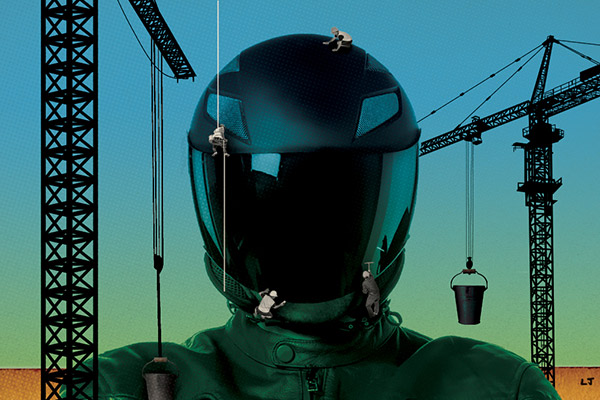
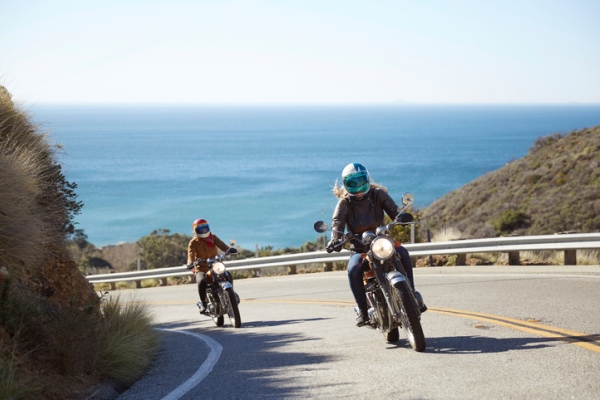
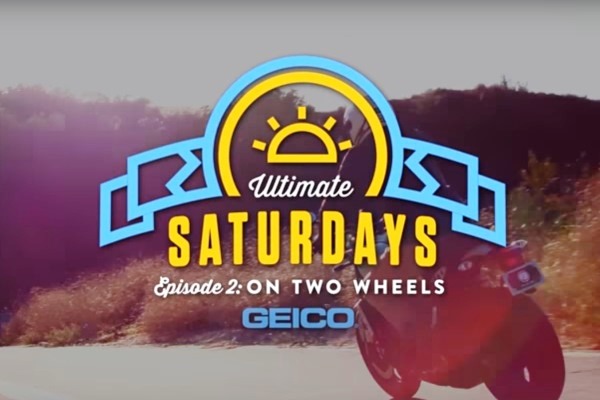
Lake Spa says,
Funny how Geico put this out and yet they failed to mention they don’t cover motorcycle carrier hitch